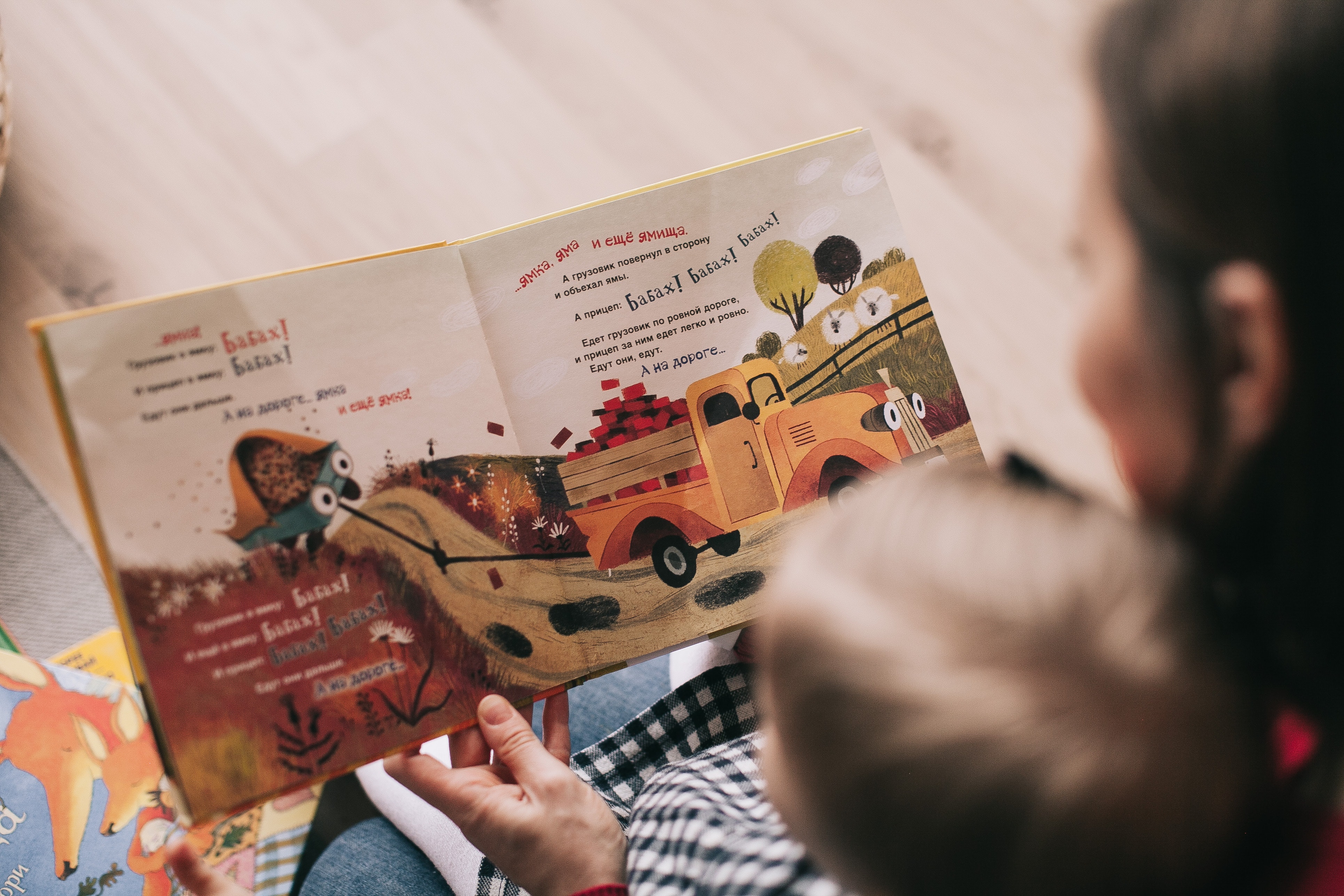
Read Across America’s mission is to celebrate and create a nation of diverse readers by focusing on the idea that there is room for ALL readers in every community. Diverse readers need diverse books to read, and these books are vital components to early literacy skills in the early childhood years. Children thrive when they are exposed to books that provide windows into other cultures and mirrors into their own which help them build background knowledge for literacy and social skills.
Books, like mirrors, help reflect what children observe and know about their world. Children who feel left out of books run the risk that they also feel left out of the classroom, school, or community. Children’s books can take us to wondrous lands of imagination. But even in fantastical worlds, the majority of human characters are white. According to the Cooperative Children’s Book Center, less than 25% of children’s books are about people of color. As civil rights activist Marian Wright Edelman observes, “You can’t be what you can’t see.” Children need to see their families, cultures, and communities reflected in the stories we read to them. Seeing yourself in literature, in a character that comes from a similar background, or family structure, or someone that looks like or acts like you, gives us a chance to feel inspired to do or be the same things as those characters. When children don’t see themselves in books, they can internalize feelings of being excluded or that they cannot achieve the same things that they see other children in books accomplish.
As windows into other cultures, families, or experiences, books allow children to view and start to understand viewpoints that are different from their own. Being able to have a glimpse into other points of view helps young children build respect for all people, see the wonderful diversity of the real world and all the people in it, and helps to reduce any stereotypes. Children that only see themselves in books miss out on seeing things from new angles or seeing how they share similarities to other cultures. Window books also remind readers that their view is not the only view. Dr. Rudine Sims Bishop notes that “diversity needs to go both ways,” observing that “children who always find their mirrors in books…get a false sense of what the world is like because it’s becoming more and more colorful and diverse as time goes on.”
It is so important for children to have access to both windows and mirrors in their stories, and so it is important for us as adults to find those opportunities for the children in our lives. In my family, my daughter is adopted and comes from a different cultural background than my husband and I. As a result, I work very hard to provide not only the books I loved growing up and the popular characters that she loves, but also books that reflect unique families, as well as her own unique background. We also look for books that show her the diverse world outside of our neighborhood, city, and state. I am working hard to show her that she can be and do anything that she wants and that there are so many bright and beautiful opportunities to interact with and learn from others in this world. Some of our favorite books are, Natsumi! by Susan Lendroth, Fry Bread by Kevin Noble Maillard, Families, Families, Families by Susan and Max Lang, Strictly No Elephants by Lisa Mantchev and The Family Book by Todd Parr. So, as you celebrate Read Across America, remember to celebrate all the diversity in your classroom, school, community and the world! *Erin
For some diverse book ideas check out:


